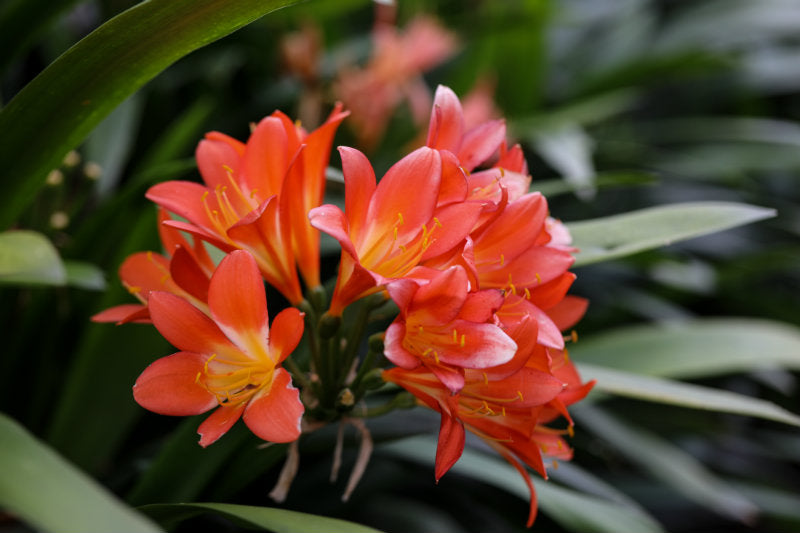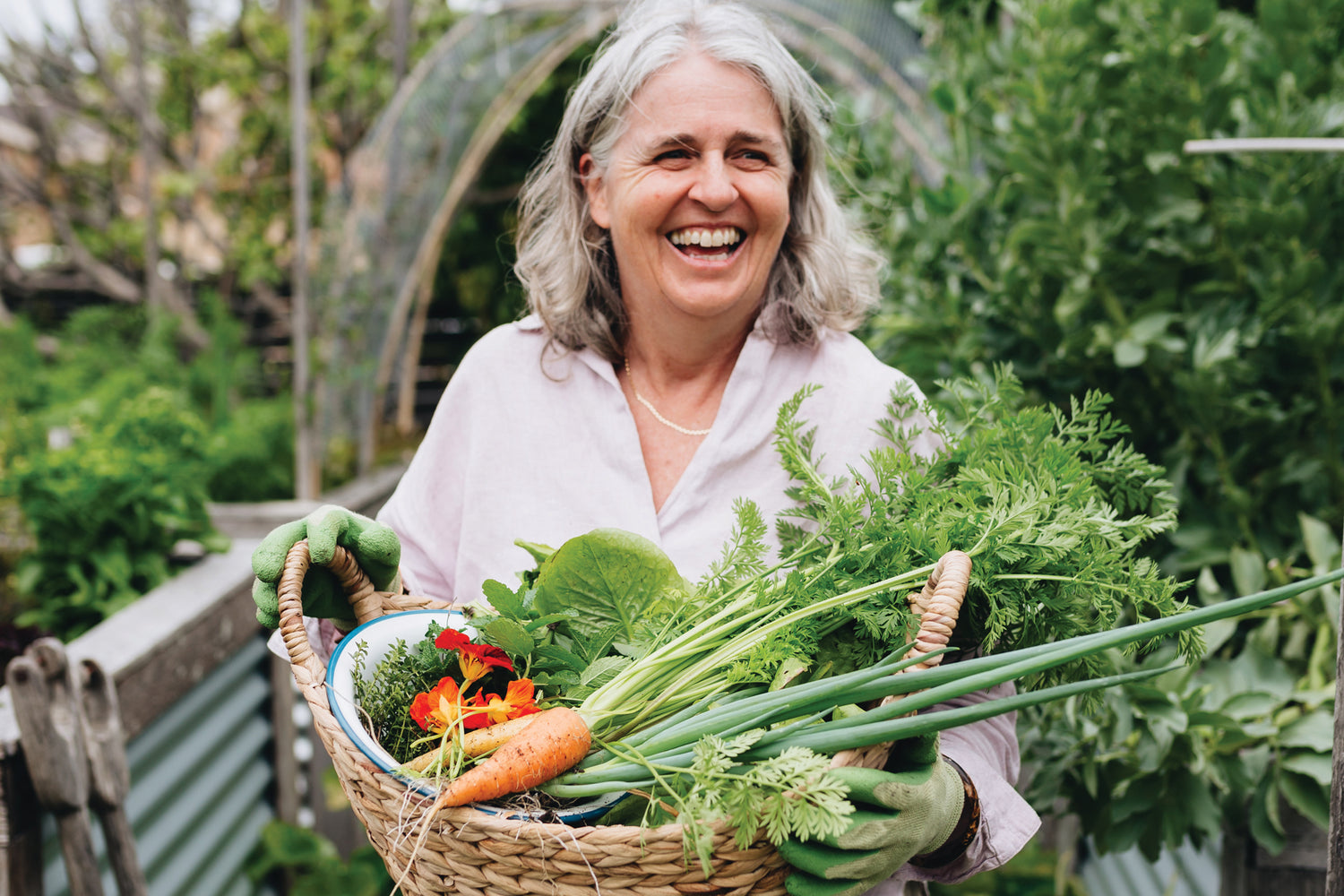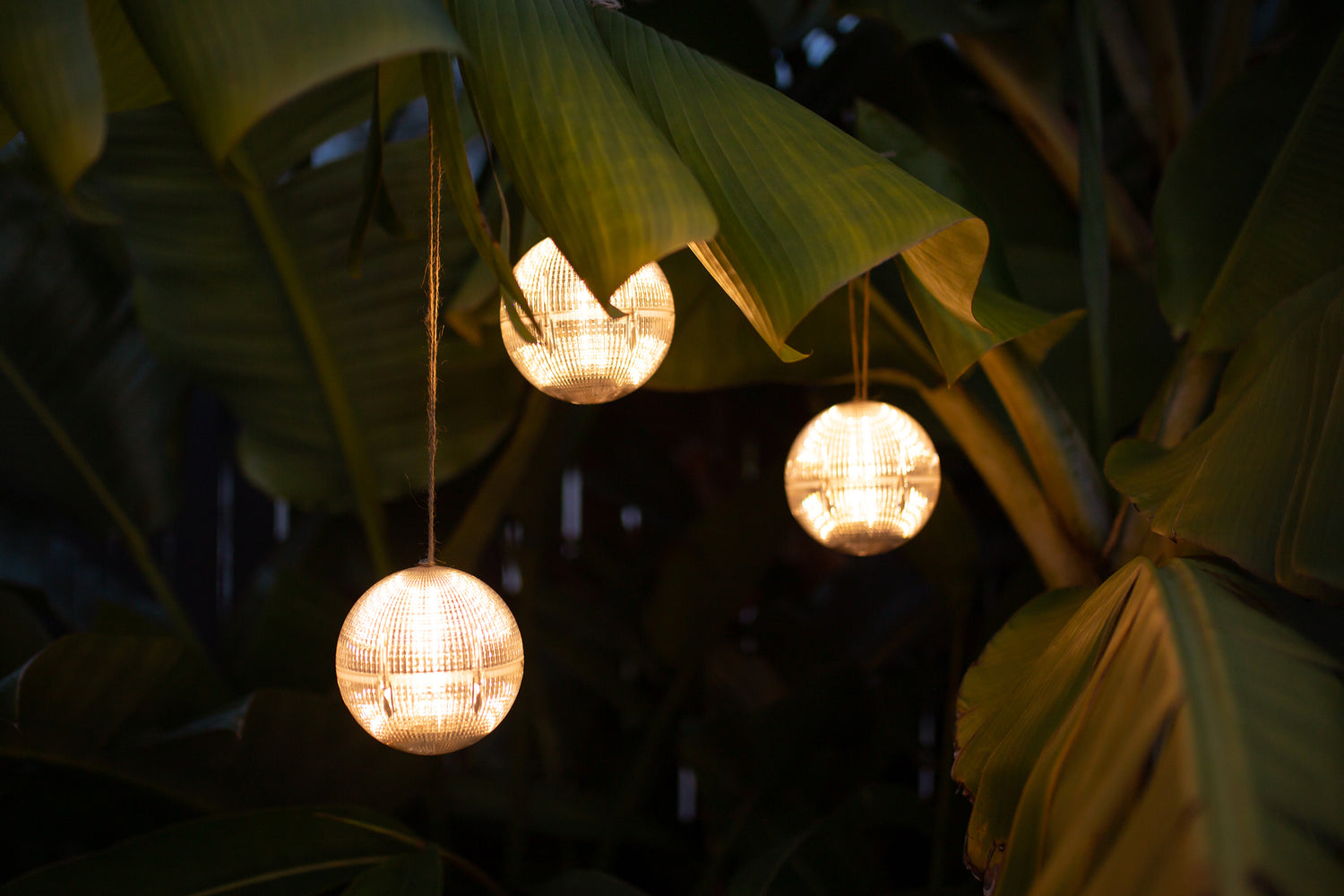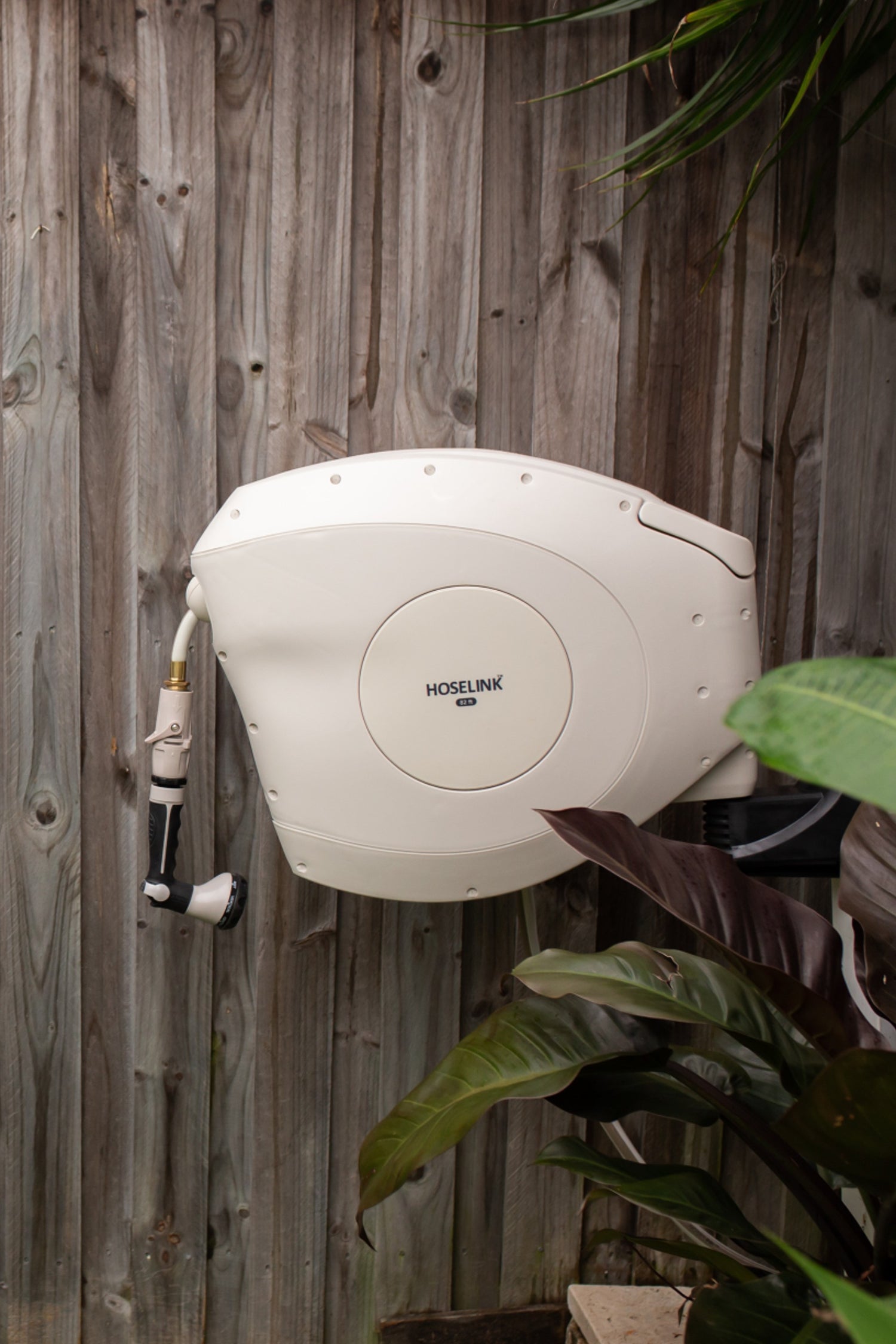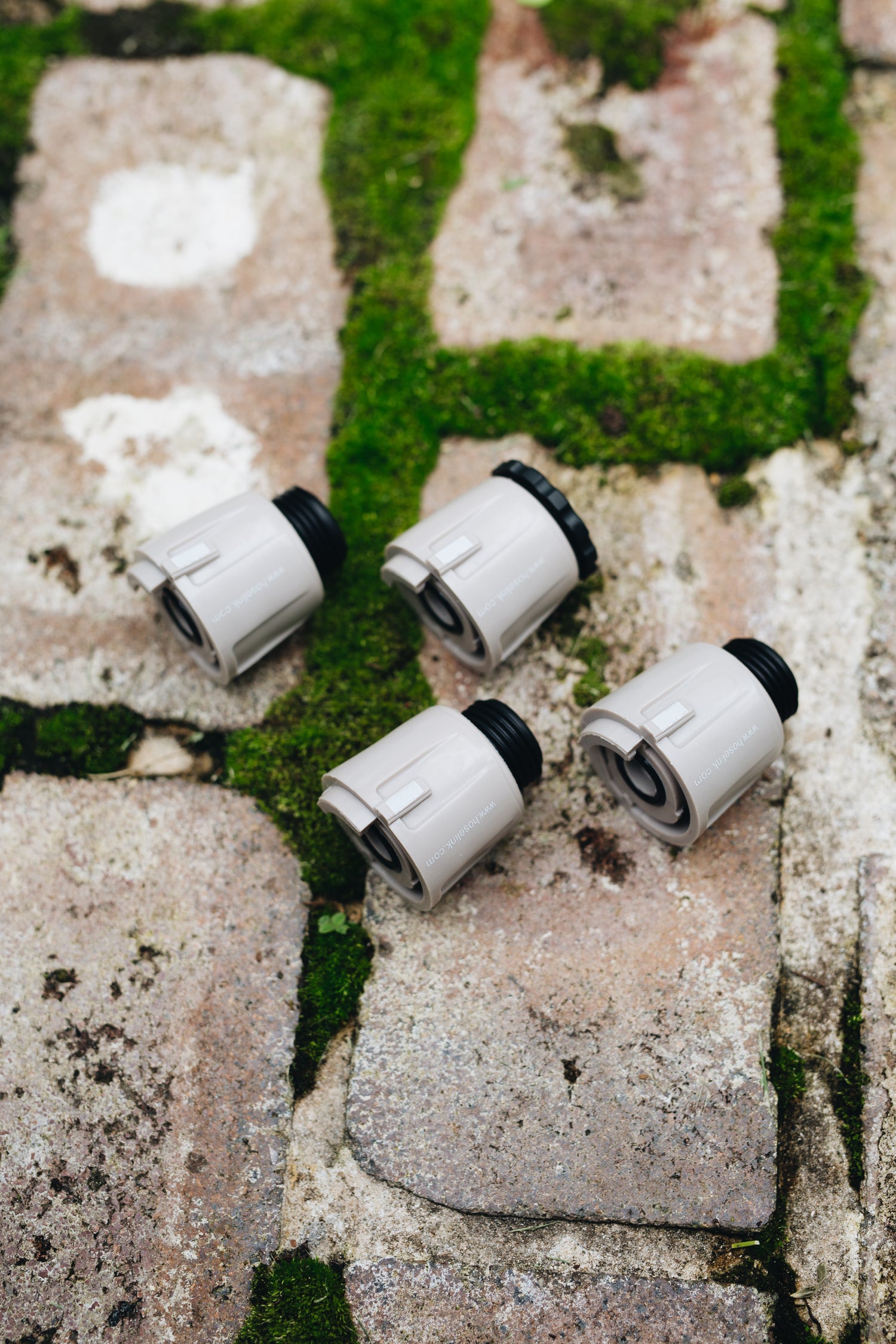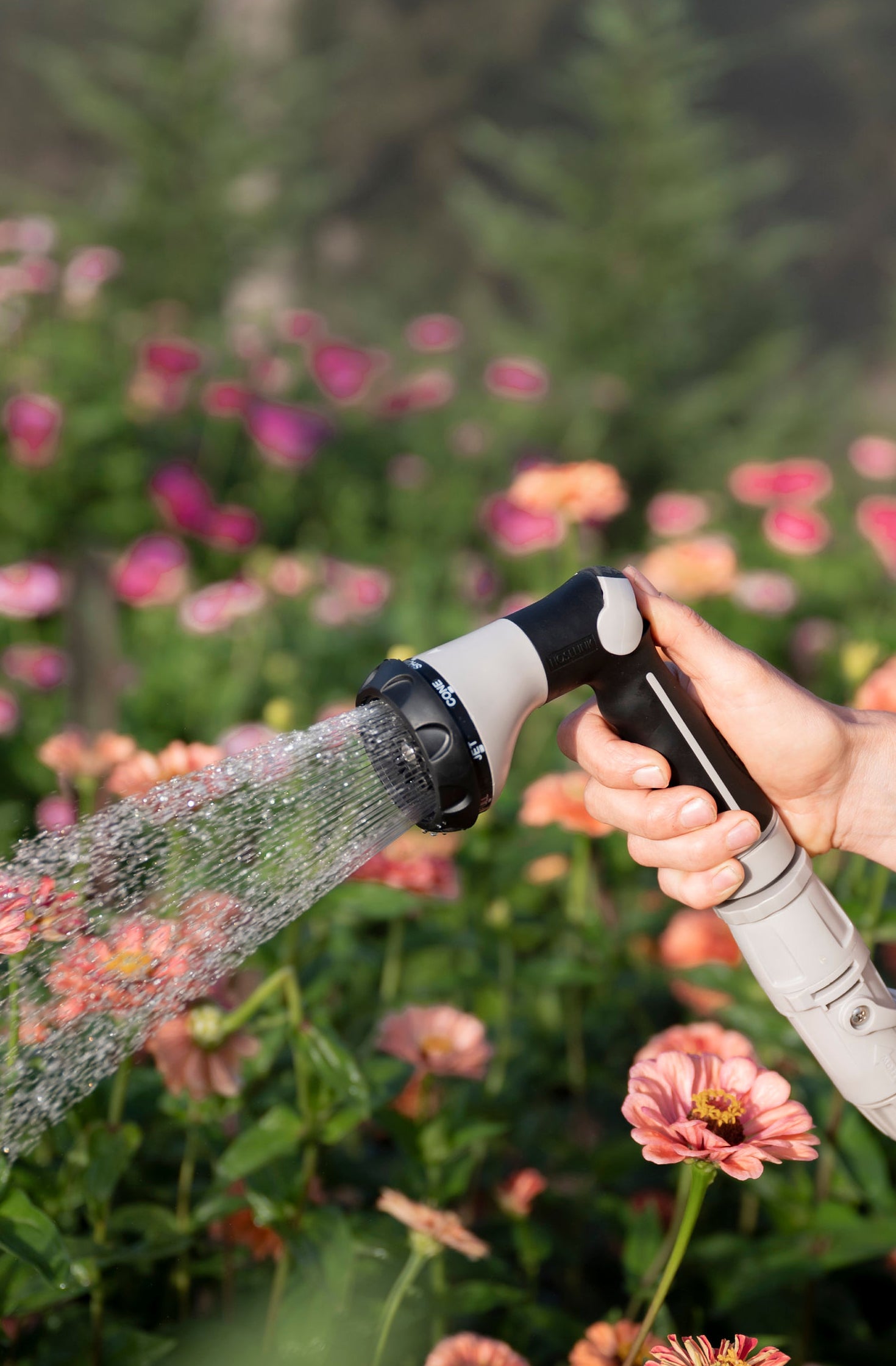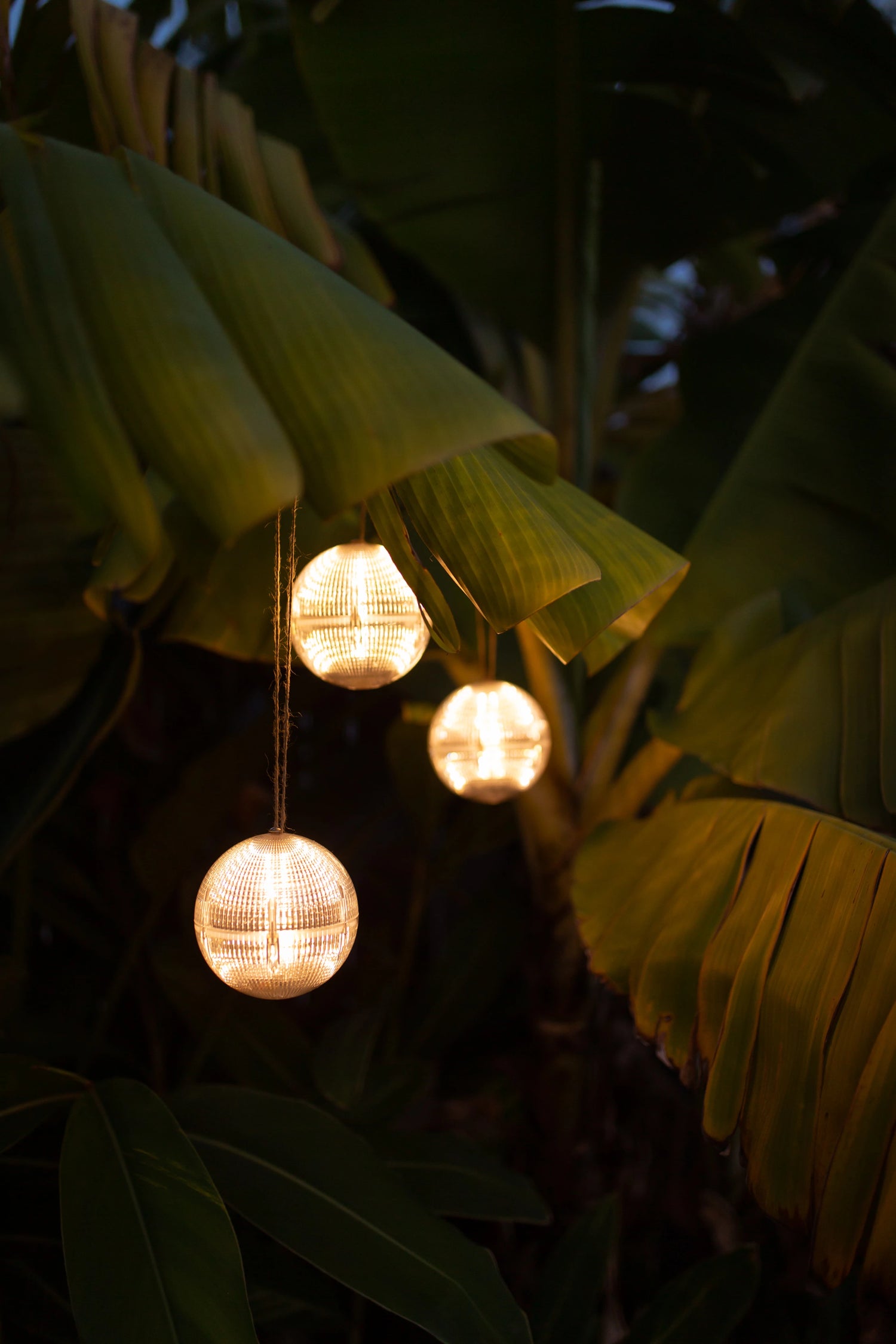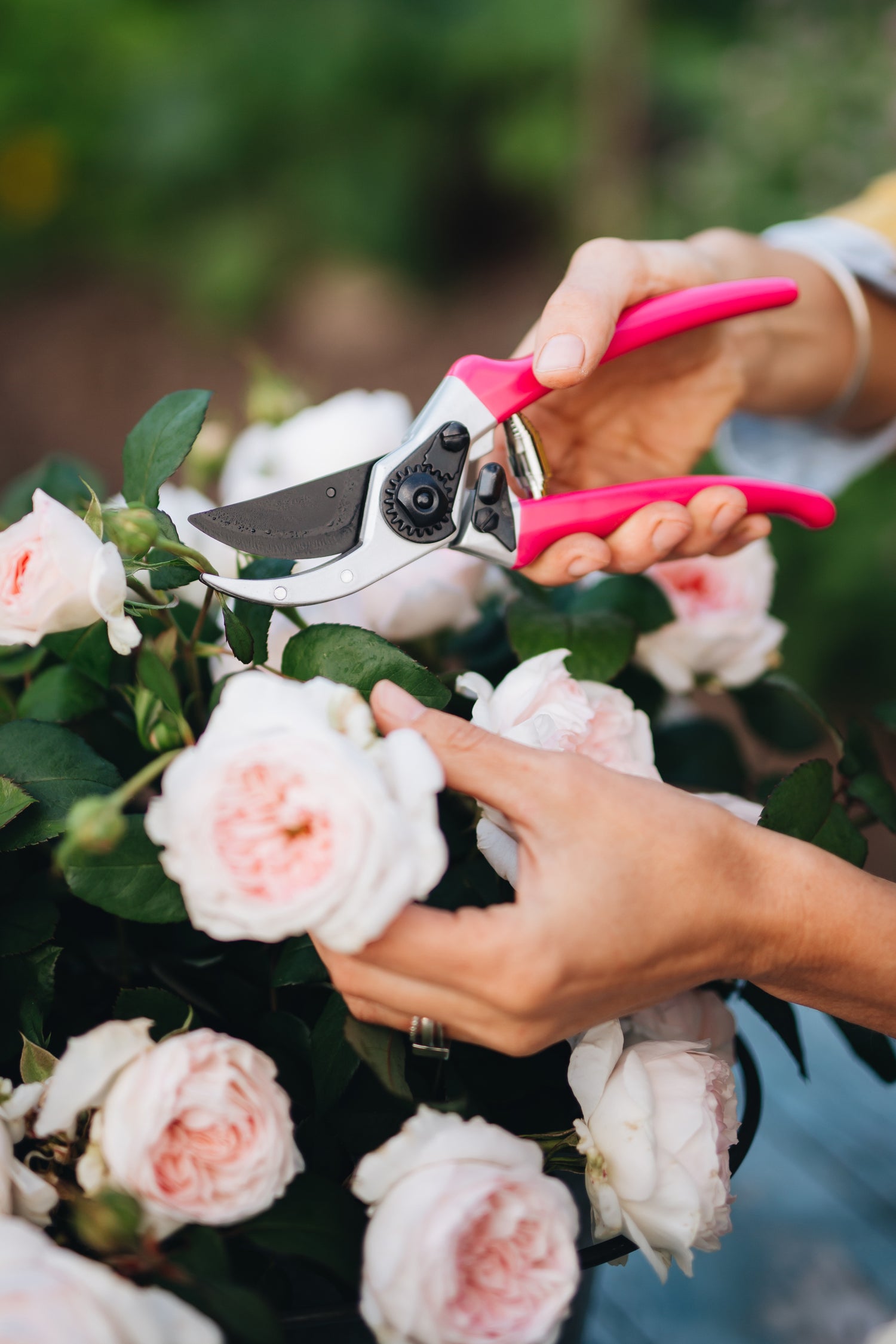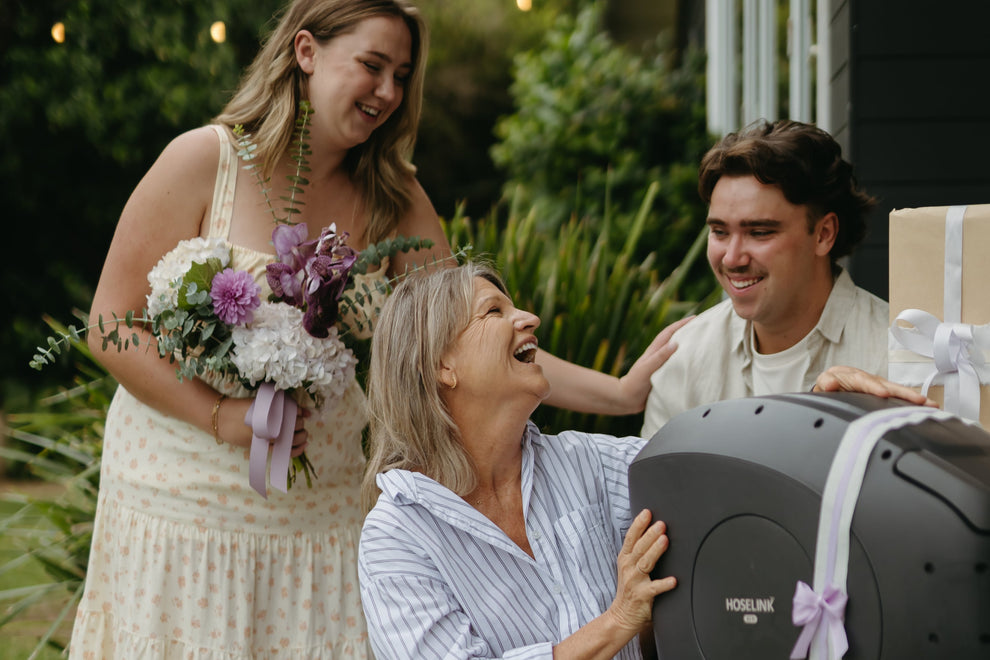Whether due to large trees, a border cloaked in the shadows of a house or an overhanging balcony, many gardeners find themselves asking the same question – what plants can I grow in the shade?
Often, we don’t realise how much shade affects the growth of plants until they are in the ground and bearing signs of deterioration. One of the difficulties when planting is determining where darkness falls in your garden as different times of the day may put your backyard, or parts of it, in shadow. Once you’ve worked out which areas of your yard receive shade and for what length of time, you can then look at choosing the right plants for your outdoor space.

Levels of shade
Full shade – No direct sunlight reaches this area of the garden; light is minimal, and plants are left in darkness. This is the most challenging environment to grow in.
Partial shade – This type of shade is tricky to track as it covers an area for only part of the day. Depending on the time of day, partial shade can affect the growth rate of individual plants, which in turn can determine the survival rate of a plant. When choosing plants for this type of area, it is essential to analyze whether morning or afternoon sun is more beneficial for the plant species you want to purchase.
Dappled shade – this means that the shadow in this area of the garden is filtered, allowing flickered light to enter through. This type of shade is typical of palm fronds and other trees with light foliage.
Shade-tolerant plants
There are many shade-tolerant plants on the market and the trick to succeeding with them is to do your research. Look at durability, light preference, and of course pick your plants in accordance with the overall look and feel you want to create in your garden. To help you out, we’ve put together a list of shade-tolerant plants sure to make a vivid impact in any shady outdoor space:

Coral bells (Heuchera) – These plants come in many varieties; however, they all have rough-edged leaves much like a kale plant. The foliage is very visually pleasing, and some varieties even flower on slender stems. They are a popular choice for borders and rockeries and can also be grown as indoor plants. Hues range from brilliant greens to deep eggplant and ruby red. They are frost hardy and can survive in full shade. Coral bells are very tough and will not be bothered by insects or disease. If you wish to separate colors and varieties, it’s best to divide and replant every two to three years in fall to late winter.

Spotted dead-nettle (Lamium maculatum) – This plant closely resembles a low-growing strawberry plant minus the fruit. The leaves range from silver to purple, pink, red and white, and looks most spectacular in the summer months. The trick with Lamium maculatum is to plant it in full shade to stunt it from growing and spreading too much. This plant is very straightforward to transplant, and if you are looking to transfer your spotted dead-nettle to a larger garden bed or to pot up some for a friend, all that is required is to tug the plant firmly up and lift out a whole bunch. The plant will come out in clumps, but this will ensure that the bulb and root of the plant will have the best chance to establish elsewhere. You will find that this encourages the growth of the original root system. This plant is easy to maintain and requires little pruning.

Kaffir lily (Clivia maniata) – This is the ultimate summer shade-tolerant plant. Kaffir lily can grow up to 18 inches in height and blooms from early spring through to late summer. When in bloom, the plant boasts bright orange trumpet-shaped flowers with thin yellow centres that protrude out. This plant has very recognizable leaves; dark green and widely arching over each other. The kaffir lily is by far the most popular shade-tolerant plant to grow in the warmer months, but please note that this plant is not ideal for growing where children or pets roam. The kaffir lily leaves are highly poisonous and in small doses may cause stomach pains.

Interrupted ferns (Claytosmunda) – Part of the Claytosmunda genus, the interrupted fern is perfect for covering large spaces in your backyard as well as adding texture and height to garden beds. This fern has blade-like leaves that arch out of the first established segment. The vibrant lime green fronds are interrupted by spore-bearing leaflets in the early summer, hence the plant’s name. This plant can grow up to three or four feet tall, forming a vase-like structure in your garden. Interrupted ferns are deciduous, meaning they will turn a golden yellow come fall. If cooler weather attacks your garden early, don’t uproot your fern as they naturally die back to prevent segment damage. This hardy plant loves dappled sunlight and thrives in both wet and well-drained sites in acidic and neutral soils.

Common bleeding heart (Lamprocapnos spectabilis) – This spring-blooming perennial is famed for its small heart-shaped flowers that appear suspended in mid-air from long arching stems. Common bleeding hearts create a spectacular display of pink and white hues and are said to symbolize romance and purity. This plant is the perfect addition to any shaded garden as it thrives as a border plant and in a woodland environment. The beautiful arching stems typically grow between two and three feet high, blossoming in spring and falling dormant by mid-summer. Grow this plant in partial to full shade and keep the soil moist and well-drained.

Jack-in-the-pulpit (Arisaema triphyllum) – If you are looking to grow a native shady garden, look no further than Jack-in-the-pulpit. This plant is one of the most unusual native plants in America, most commonly grown in the eastern states. The plant has a tall stalk, or spadix, nestled inside a hooded cup, or spathe, with an overarching leaf. In late summer to fall, the spathe falls off, and the flowers give way to big decorative wands of plump red berries. Growing Jack-in-the-pulpit in shade is easy with adequate water supply. These plants are perfect in woodland environments but grow just as effectively in containers. Jack-in-the-pulpit is disease hardy though you will have to be cautious of slugs as the plant provides an attractive food source and homes for slugs.

Common primrose (Primula vulgaris) – These are one of the first flowers to bloom in spring, so if you are looking for colorful ground cover, common primroses are a must. The small, vibrant yellow flowers sit daintily on thin six-inch stems and are held together in loose clusters. The plant prefers full shade, however, survives quite well in partial shade. Common primroses are perfect for planting near or under a garden bench and are often found in woodland areas or peppered along streams. Most gardeners are impressed by their sweet fragrance, which adds to their desirability in a shady backyard. The common primrose has diverse growing condition preferences; however, it is essential to have well-drained soil that can retain moisture. The plants like partial to dappled shade and typically grow between 10 and 20 inches tall. If growing conditions are favorable, the common primrose will quickly spread, and large mounds of foliage will soon be covered in beautiful blooms, providing a colorful addition to any shaded garden.

